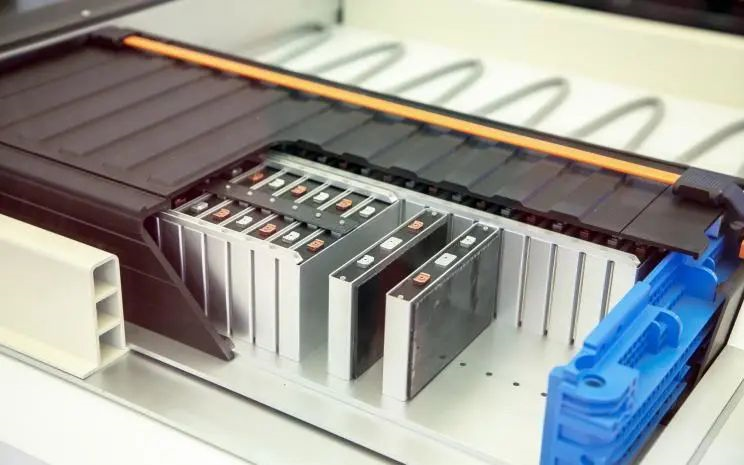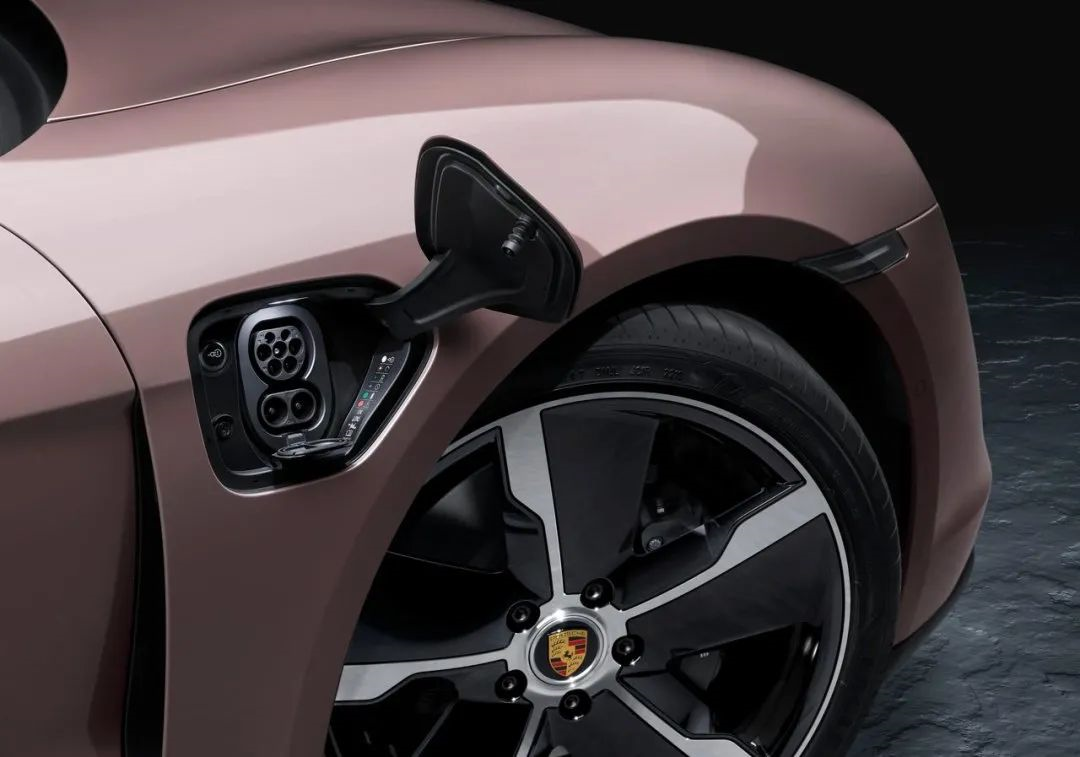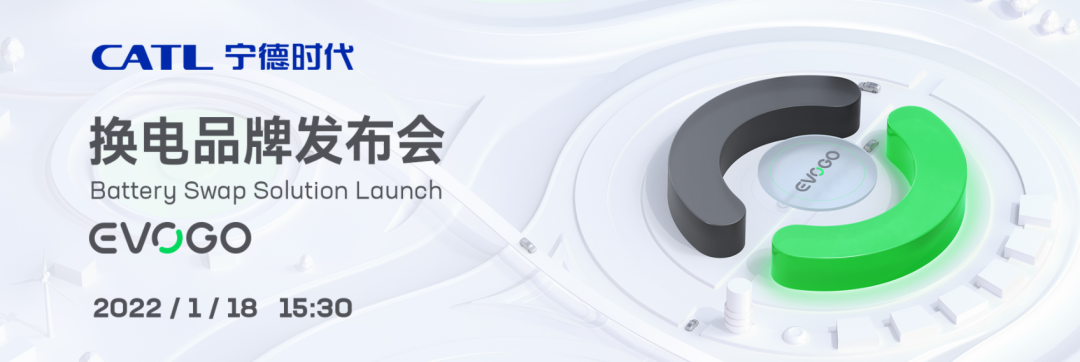Author: Xie Ruxin
Recently, CATL announced that it is entering the battery-swapping market and will release a battery-swapping brand named EVOGO, which is short for “evolution+go”. It implies that future travel will be more convenient and developed. The battery-swapping products introduced this time are said to be available to all automobile manufacturers.
Battery swapping is when the electric vehicle and battery exist as completely separate entities. When an electric car needs to be charged, it can be driven directly to a battery-swapping station to remove the discharged battery and replace it with a fully charged battery. The whole process takes only a few minutes, similar to the time it takes to refuel, effectively solving the anxiety about charging time and the lack of charging stations for electric cars.
NIO has deployed more than 700 battery-swapping stations nationwide as a promoter of battery swapping technology. By 2025, NIO plans to deploy more than 4,000 battery-swapping stations worldwide. In the East China region, NIO has basically achieved the goal of having a battery-swapping station within a radius of 400 kilometers, theoretically eliminating range anxiety in this area. However, in fact, NIO is not the inventor of battery-swapping technology. In 2008, pure electric buses in China had already adopted the technology, but due to policy and cost reasons, the technology was not widely promoted. In 2013, Tesla also attempted to adopt the battery-swapping mode, but it was shelved due to cost reasons.
So, why did CATL choose to enter the battery-swapping market?
I believe there are multiple reasons. Firstly, charging and battery technology have encountered major obstacles that cannot be comprehensively solved in the short term, including long-range endurance, fast charging, and low cost. Secondly, the market prospects are vast. According to Bloomberg’s predictions, by 2040, the proportion of electric vehicle energy consumption in China’s total social electricity consumption will increase from 1.3% in 2020 to 8%. By then, China’s battery-swapping market scale will exceed 500 billion yuan.
However, the battery-swapping model also has many drawbacks.
Firstly, it is a consumer perception problem. Many people feel that they lose money when they buy a new battery and then get an old one when they swap batteries. Therefore, they are resistant to battery swapping. Secondly, CATL is serving all automobile manufacturers, which is different from NIO’s self-operated battery swapping. Each automaker has different pure-electric platforms and battery models. If they want to swap batteries, should the batteries be standardized? This is a long process.
The most crucial point is that the cost of battery swapping is very high. Data shows that a single battery swapping station needs to achieve a 50% utilization rate to achieve break-even. In other words, a battery swapping station that can swap batteries more than 200 times a day needs to complete at least 100 swaps a day to avoid losing money. According to NIO's data in 2020, there were more than 100 battery swapping stations nationwide, with a daily swapping volume of several thousand vehicles, and an average of dozens of swaps per station.
Of course, with the wider application of a certain technology, more manpower and material resources will be invested in research and development, and supporting industries will also become more complete, thus promoting the development of this technology. If the battery swapping model becomes more common, it is also possible to reduce costs.

In fact, although battery swapping and charging are two completely different ways of replenishing energy, each has its own perfectly corresponding scenarios. The advantage of the fast battery swapping is suitable for most scenarios that require uninterrupted use, such as ride-hailing cars, buses, and other urban transportation tools, or long-distance travel on highways. However, for relatively regular commuting scenarios, battery swapping is undoubtedly more expensive than charging. For example, for commuters who only drive 20 or 30 kilometers a day and can park and charge at work, there is no need to swap batteries.

So, before the battery swapping becomes very cheap or charging for five minutes to achieve several hundred kilometers of endurance, neither battery swapping nor charging can replace each other. There is no best, only the most suitable.
This article is a translation by ChatGPT of a Chinese report from 42HOW. If you have any questions about it, please email bd@42how.com.
